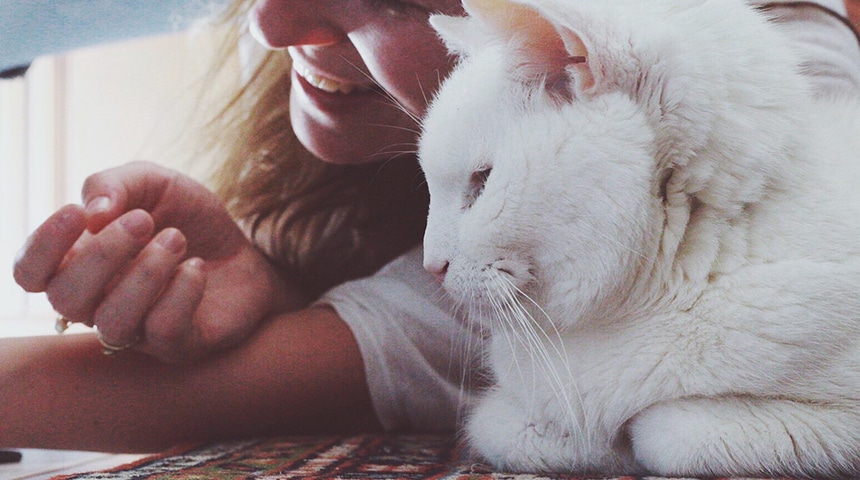Pets today are living longer and longer, thanks to caring owners who understand the importance of regular medical follow-ups with their veterinarian. Did you know that it is strongly recommended to have your pet's geriatric profile completed as he ages?
Effects of Aging on Your Pet
Similar to the elderly, aging pets tend to suffer more from various pathologies than younger animals. In fact, the health problems of older animals are surprisingly similar to those observed in humans. For example, they frequently suffer from arthritis, obesity, cancer, cataracts, diabetes, diseases affecting the kidneys, gums or liver, deafness, etc.
What is the purpose of a geriatric profile?
The geriatric profile appointment is intended primarily for cats and dogs who have reached their senescence threshold - in other words, who have reached old age. The old age threshold varies depending on the species and breed of the animal. For example, it is about 10 years for a cat and about 5 years for giant breed dogs like Great Danes.
For this profile, your veterinarian will:
- Examine your pet (weighing, taking temperature, abdominal touch, palpating the thyroid gland, examining the mouth, etc.),
- Ask you questions about your pet's diet, lifestyle, activities, recent or past injuries, previous illnesses, etc.,
- Perform a complete blood panel,
- Perform a urine and stool analysis, and
- Perform various additional tests to check for cataracts, arthritis, hypertension, etc.
Your veterinarian can provide you with different options to improve your pet's well-being. Whether it's supplements, medical treatments, care, or a proper diet, they will work with you to develop a plan that's right for you.





